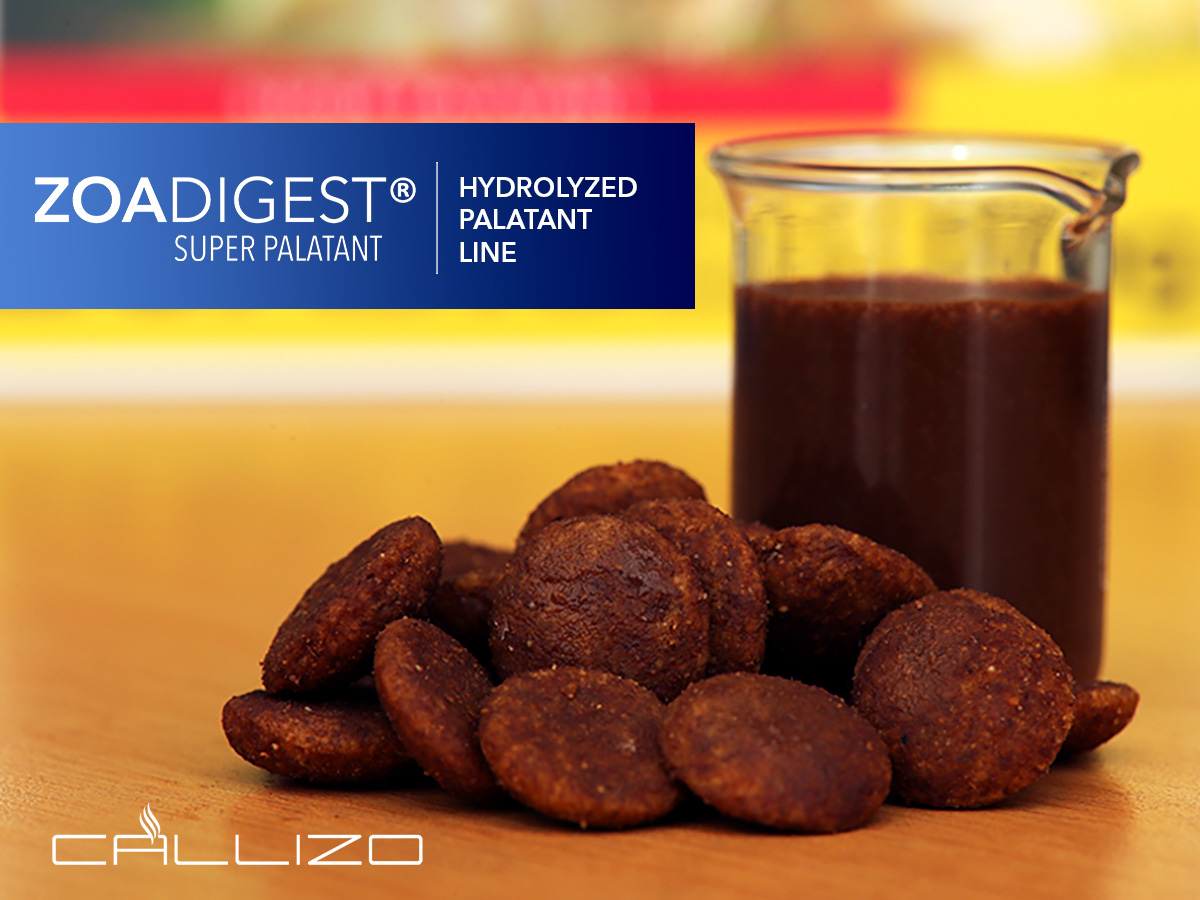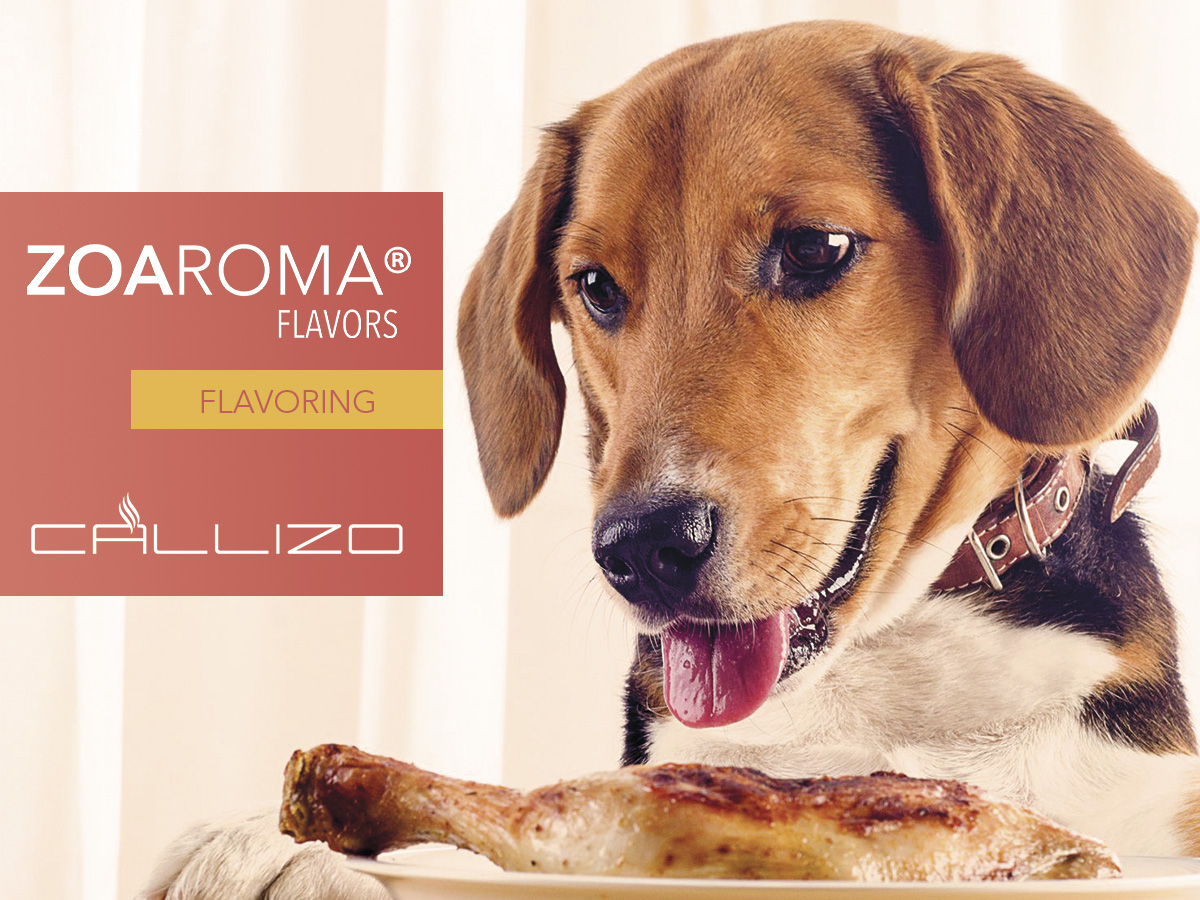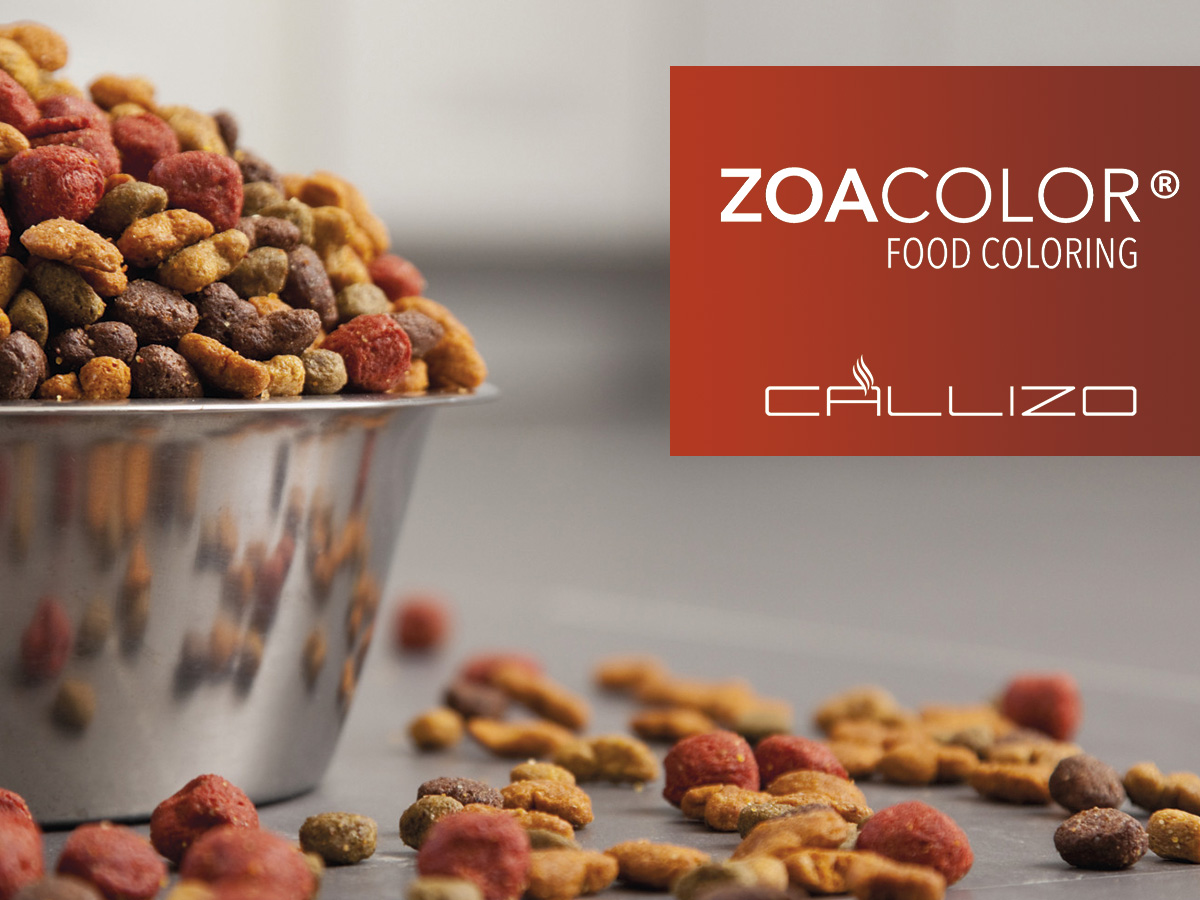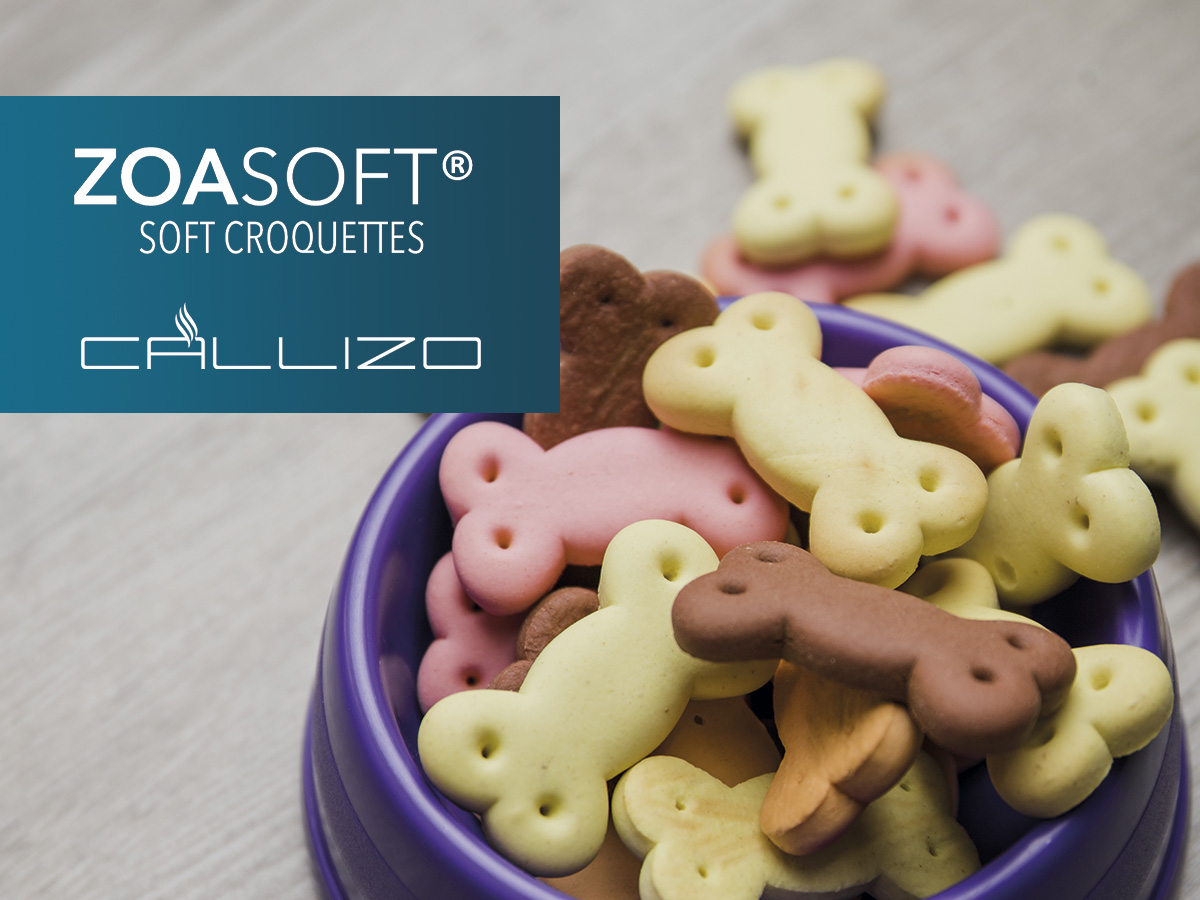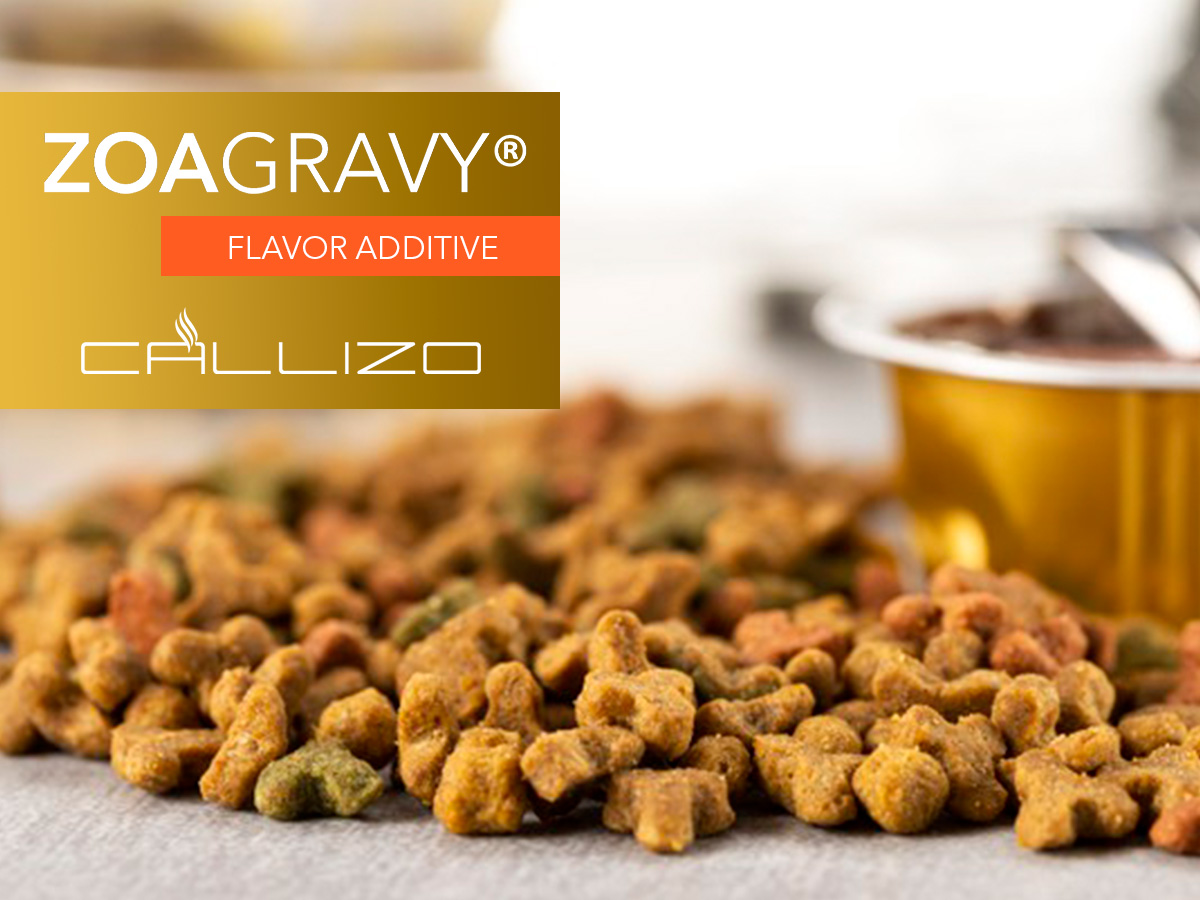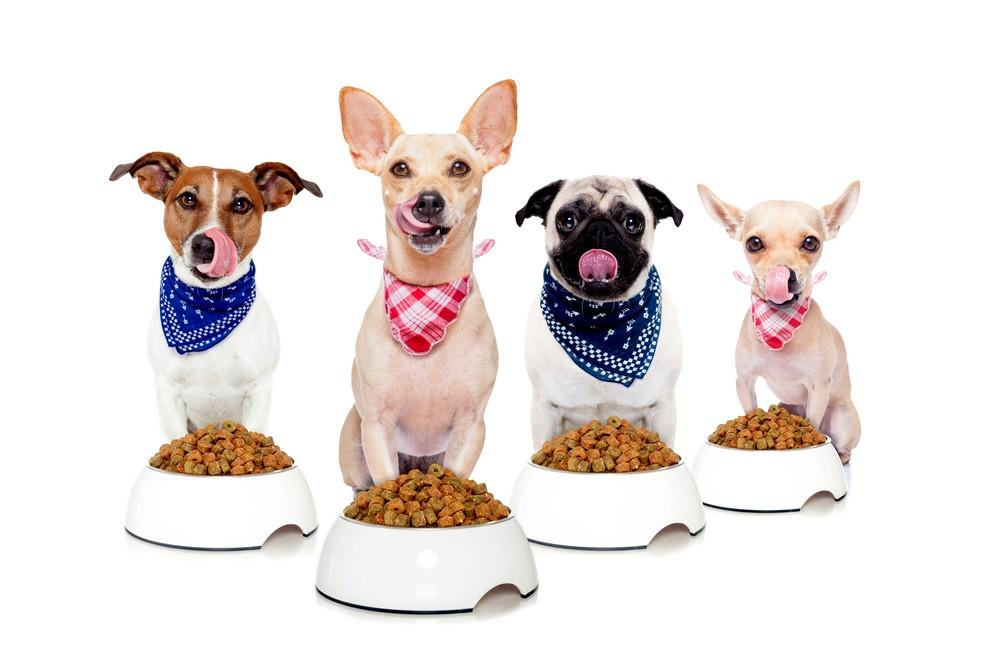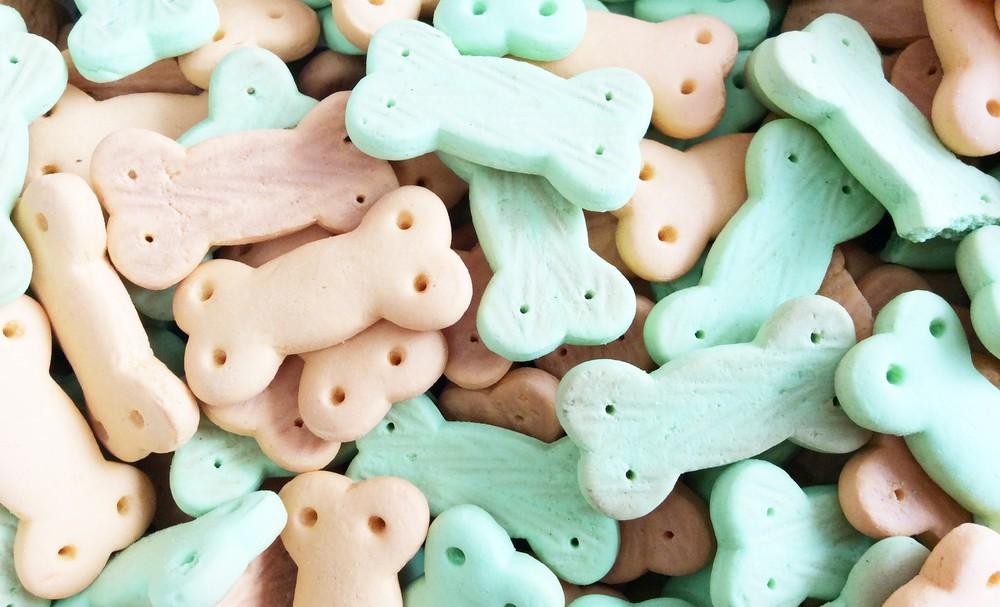
3+ MIN
29/10/2023
World Cat Day
Cats are considered strictly carnivorous animals, so they have higher protein and essential amino acid requirements. Diets must meet the required nutrients, and also be palatable to encourage and maintain food consumption. A complete and balanced diet is not enough if the intake is not optimal for each animal.
Cats have a developed sense of smell that helps them evaluate the nutritional content of food. This helps them choose favorable foods and reject unwanted or potentially harmful ingredients. If it detects an unpleasant aroma, the cat will not eat the food. When compared to other species, cats have fewer taste buds (approximately 470), they have a less developed sense of taste than dogs (1,900) or humans (9,000) for example. Additionally, cats do not perceive sweet flavors since they lack receptors for compounds such as sucrose, fructose or glucose.
This gives the aroma of food a great importance, since it is the first filter that cats use to determine if a food is appropriate for consumption and if they will give it a chance and try it out. This strategy allows the cat to use organoleptic information to identify the composition and nature of the food. Cats will first smell the food and if it meets their standards, then they will try it.
When formulating cat food, the use of flavoring additives helps achieve these two aspects: improving the aroma and generating flavor. The first has an initial impact and encourages the animal to try the food. After the cat tries it, its taste needs must be satisfied to ensure that it will continue consuming its food. This is where the importance of flavor comes in, since each animal must be fed until its nutritional requirements are met.
Flavoring additives can be composed by a mixture of several compounds. Among them essential oils, oleoresins, artificial flavors, protein hydrolysates (liquid or powder), distillates or chemical compounds. These can be used in combination and must be designed according to each project, considering the form of application and objective of each product. Formulation may vary if it is targeted for canned or dry foods, for example.
Hydrolyzed palatants are the most used by the industry. These bring proteins from various sources to a hydrolysis process, paying importance to the quality of these protein sources. As a result, a base with a large number of peptides and free amino acids is obtained. By knowing the composition of this base and generating a reaction process at specific and controlled temperature and time, different aromatic compounds are created as a result of Maillard reactions. These directly influence the smell and flavor, being highly palatable to our pets.
Regarding this, we cannot ignore the concept of integral palatability, where several factors play part such as: particle size, texture, shape, smell, flavor, and general composition of the food. In addition to its ingredients, these other factors affect palatability as well: moisture, origin of the proteins, composition of amino acids, acidity, quantity and origin of the fats used and avoiding the inclusion of bitter compounds.
To please the tastes and demands of cats, Callizo Aromas has developed a line of additives that improve the acceptance and consumption of food, which include: liquid and powdered hydrolyzed palatants, flavor enhancers for canned products, acidifiers and a complete line of flavors specially designed with the aromatic notes that mostly attract each species.
For more information, contact us!
By: Callizo Aromas






